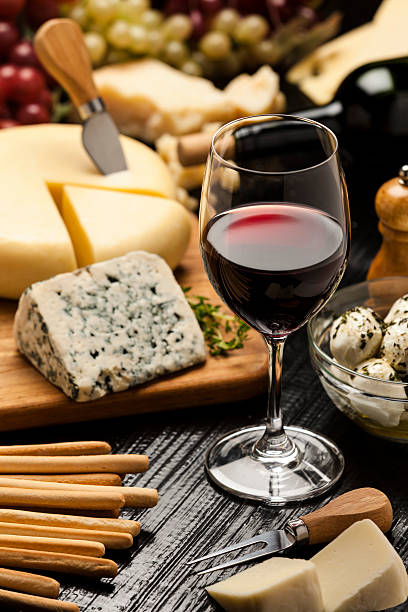Winemaking is an intricate blend of art and science, with each step contributing to the final product’s flavor, aroma, and character. Among the many processes involved, malolactic fermentation stands out as a critical stage, significantly influencing the taste and mouthfeel of the wine. This transformation, often referred to as the “second fermentation,” plays a pivotal role in shaping the complexities of both red and some white wines. Let’s delve deeper into the magic of malolactic fermentation and its impact on the world of winemaking.
What is Malolactic Fermentation?
Malolactic fermentation (MLF) is a secondary fermentation process in winemaking, during which malic acid, naturally present in grape must or wine, is converted into softer lactic acid and carbon dioxide. Unlike alcoholic fermentation, which is carried out by yeast converting sugars into alcohol, MLF is driven by bacteria, primarily strains of lactic acid bacteria (LAB), such as Oenococcus oeni.
The malic acid found in grapes contributes to the wine’s tartness and crispness. By converting it into lactic acid, which is milder in flavor, MLF can impart a smoother, creamier texture to the wine while reducing its overall acidity. This process is particularly common in red wines, but some white wines, such as Chardonnay, also undergo MLF to enhance their flavor profile.
Factors Influencing Malolactic Fermentation:
Several factors can influence the success and timing of malolactic fermentation:
- Temperature: MLF typically occurs at warmer temperatures than alcoholic fermentation, usually between 15°C and 25°C (59°F and 77°F). Warmer temperatures promote the activity of lactic acid bacteria, accelerating the fermentation process.
- pH Levels: The pH level of the wine also affects MLF. Lactic acid bacteria thrive in a slightly acidic environment, with a pH range of around 3.1 to 3.5. Wines with higher pH levels may require adjustments to facilitate MLF.
- Alcohol Content: High alcohol concentrations can inhibit the growth of lactic acid bacteria, making MLF more challenging to initiate or complete. Winemakers may need to monitor alcohol levels and adjust fermentation conditions accordingly.
- Sulfur Dioxide (SO2): Sulfur dioxide, commonly used as a preservative in winemaking, can hinder the activity of LAB. Winemakers may choose to reduce SO2 levels or wait until after MLF to add it to the wine.
The Process of Malolactic Fermentation:
Malolactic fermentation typically occurs after primary alcoholic fermentation, although some winemakers may choose to run both fermentations simultaneously. Once alcoholic fermentation is complete, the wine is transferred to a separate vessel, such as a tank or barrel, to undergo MLF.
To initiate MLF, winemakers often inoculate the wine with a selected strain of lactic acid bacteria. However, spontaneous MLF can also occur if LAB is naturally present in the environment or on grape skins. The wine is then kept at the appropriate temperature and monitored regularly to ensure the fermentation progresses smoothly.
During MLF, lactic acid bacteria metabolize malic acid, producing lactic acid and carbon dioxide as byproducts. This conversion not only reduces the wine’s acidity but also introduces new flavor compounds, contributing to its overall complexity. Depending on the desired style of the wine, MLF may be allowed to proceed to completion or halted prematurely to retain some malic acid and acidity.
Impact on Wine Characteristics:
Malolactic fermentation can have a profound impact on the sensory characteristics of wine:
- Flavor: The conversion of malic acid to lactic acid can impart buttery, creamy, or even nutty flavors to the wine, enhancing its richness and depth. These flavor changes are particularly evident in Chardonnay and other white wines subjected to MLF.
- Texture: By softening the wine’s acidity, MLF can create a smoother, rounder mouthfeel, often described as “velvety” or “silky.” This transformation can enhance the wine’s overall balance and drinkability, especially in red wines.
- Stability: MLF can also improve the wine’s stability and aging potential by reducing the risk of microbial spoilage and minimizing the need for additional chemical additives.
- Aroma: In addition to flavor and texture, MLF can influence the wine’s aroma profile, introducing subtle nuances such as diacetyl, a compound responsible for buttery or creamy notes.
Malolactic fermentation is a fascinating and essential process in winemaking, contributing to the complexity, balance, and overall quality of the final product. Whether in red or white wines, MLF plays a significant role in shaping flavor, texture, and aroma, allowing winemakers to craft wines with a diverse range of styles and characteristics. Understanding the science behind malolactic fermentation empowers winemakers to harness its potential effectively, resulting in wines that delight the senses and captivate the palate.




